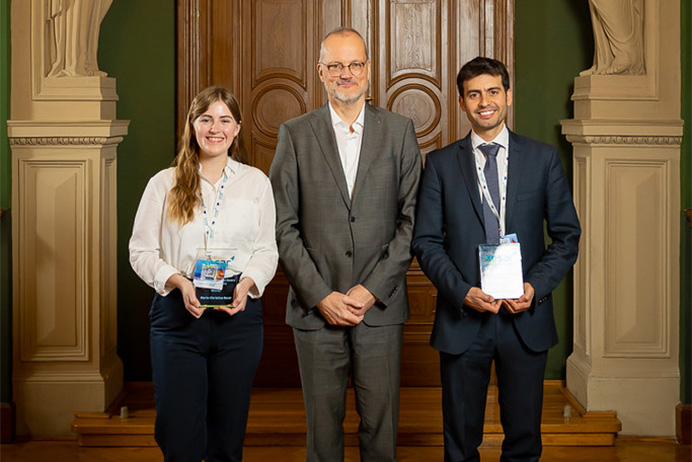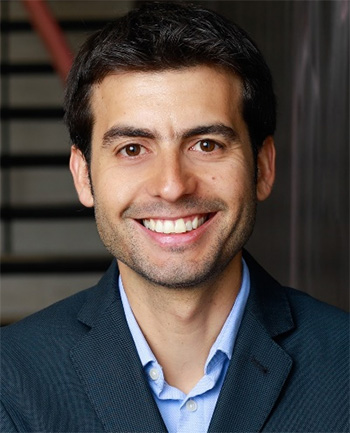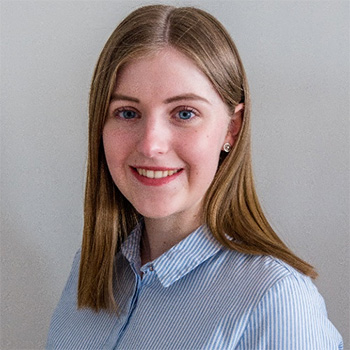
Patience, persistence and good mentorship are a winning combination for a career in air traffic management (ATM) research, according to Marie-Christine Nevir and Omar Garcia Crespillo, who pursued innovative and forward-looking concepts to secure the top prizes in the 2022 SESAR Young Scientist Award, the joint undertaking’s annual young talent competition. The award recognises the potential of young researchers to formulate fresh ideas and solutions to challenges in ATM and aviation, while opening up opportunities for further career progression.
“Reaching out to experts in the field who can introduce you to the terminologies and concepts in aviation is always a good idea. Having a good mentor can make all the difference for your career,” says Omar Garcia Crespillo, German Aerospace Center (DLR) and Swiss Federal Institute of Technology Lausanne (EPFL), who received the SESAR Young Scientist Award in the PhD category.

After a visit to Malaga Airport during his studies in telecommunication engineering, he became fascinated by the different communication, navigation and surveillance systems and led him to do his master's thesis on navigation systems, in particular on global navigation satellite systems (GNSS). “CNS systems are critical components of avionics and ATM. In particular, GNSS and its augmentation with other sensors - like inertial navigation systems (INS) – could provide a powerful global navigation solution allowing for more flexible types of procedures and routes. Ultimately, this would increase efficiency and reduce fuel consumption, but first, we have to show the new multi-frequency, multi-constellation GNSS and GNSS/INS solutions are safe to be included in the new aviation standards,” he adds.
Meanwhile, winner in the student’s category, Marie-Christine Nevir, Technische Universität Dresden, addressed pioneering new workload models for sector-less airspace, adding physiological measurements alongside calibration and validation activities. “Safety is the ultimate priority in flying. With proposed allocation strategy, the workload in a sector-less airspace can be more easily distributed among controllers,” she says. Marie-Christine continues to apply lessons learned during her research in a new role working for Lufthansa Technik. “Turning the world completely inside out from one day to the next is not possible. Instead, the progress is slow and steady, just like the work being put into the field. Persistence is key,” she added, “the non-traditional approach taken at DLR,” was a major factor in her choice to pursue ATM research.

Digitalisation is a proven enabler for smarter and more sustainable air transport, but implementing digital solutions comes with some challenges, according to Marie-Christine. “You cannot shut everything down in an operational ATM environment for two weeks and implement changes, they need to be implemented live, and every feature needs to work from the get go, without fail,” she says.
Innovation remains fundamental to industry success. Omar Garcia Crespillo explains the pandemic demonstrated that research can be pushed and accelerated when necessary. “Aviation still needs to evolve to become a much greener means of transport. On one hand, this can be supported by modernisation, automation and digitalisation. On the other hand, innovative fuel options, aircraft sustainable concepts, and conscious industry effort is needed to make a real difference.” He says the development of urban air mobility (UAM) vehicles, navigation systems and services can contribute to seamless multimodal and greener mobility. “Harmonising the different types of traffic together is an interesting topic that will certainly keep research and industry busy for the next years.”
More about the 2022 Young Scientist Award
More about previous winners
